Time Response of first order system
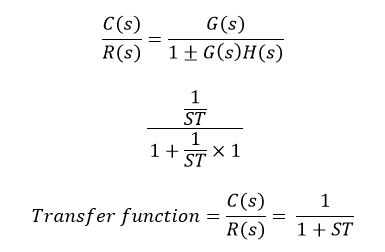
In the above transfer function, the power of 's' is the one in the denominator. That is why the above transfer function is of the first order, and the system is said to be the first order system. Response of 1st order system when the input is unit step -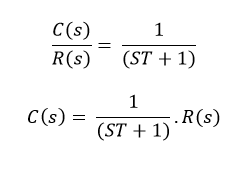
For Unit Step, 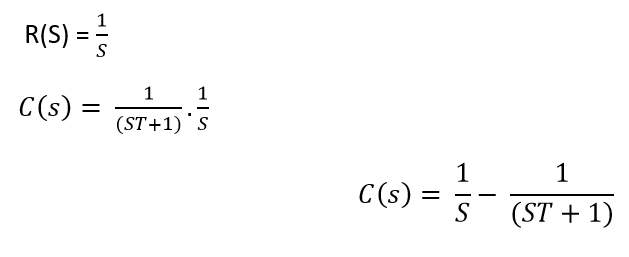
Now, the partial fraction of above equation will be: 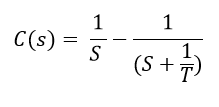
Taking the inverse Laplace of above equation is: 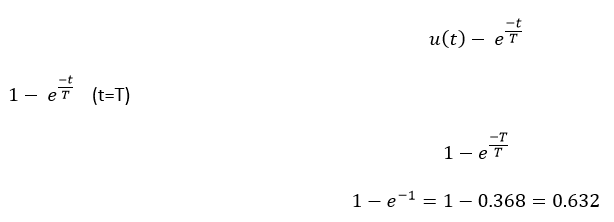
Where T is known as time constant of the system and it is defined as the time required for the signal to attain 63.2 % of final or steady state value. Time constant means how fast the system reaches the final value. As smaller the time constant, as faster is the system response. If time constant is larger, system goes to move slow. Time response of first order system with unit ramp signal is -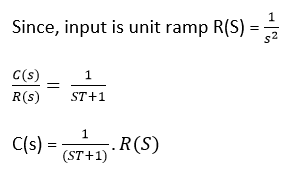
Now, putting the value of R(S) in the equation 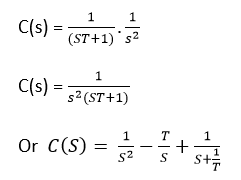
Now taking the inverse Laplace of the above equation 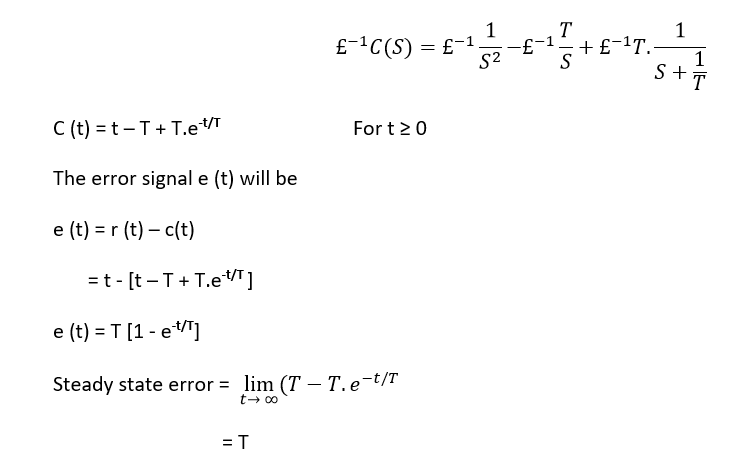
The steady state error is equal to 'T,' where 'T' is the time constant of the system. For a small time constant, the error is small, and the response of the system increases. Response of 1st order system with unit impulse function is -Value of impulse = 1 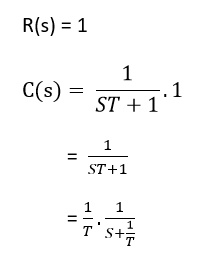
Inverse Laplace 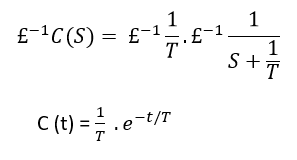
Next TopicTime Response of second order system
|
 For Videos Join Our Youtube Channel: Join Now
For Videos Join Our Youtube Channel: Join Now
Feedback
- Send your Feedback to [email protected]
Help Others, Please Share










